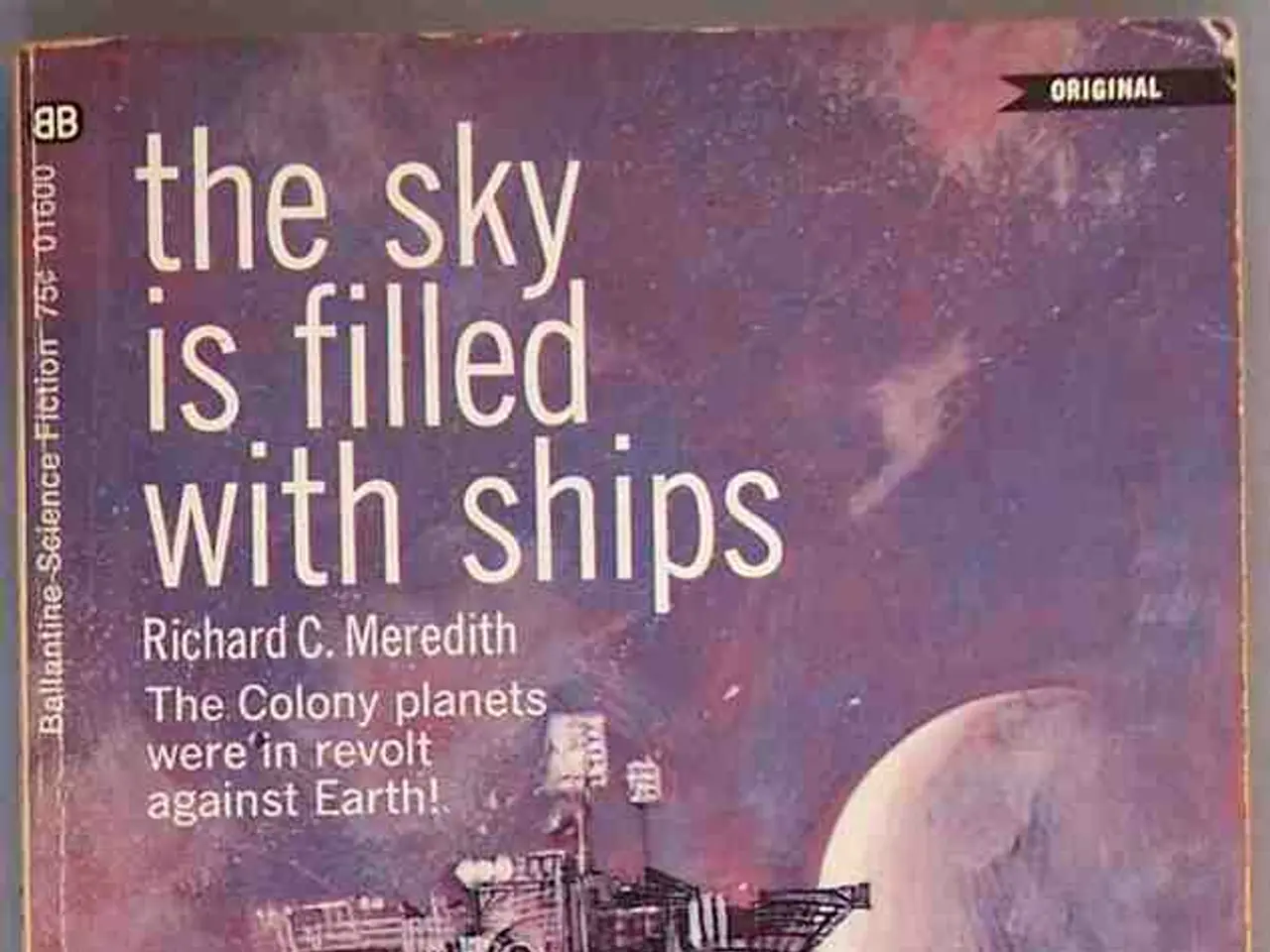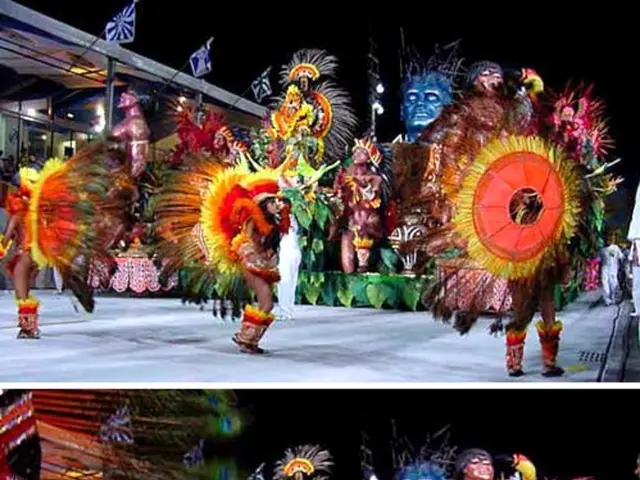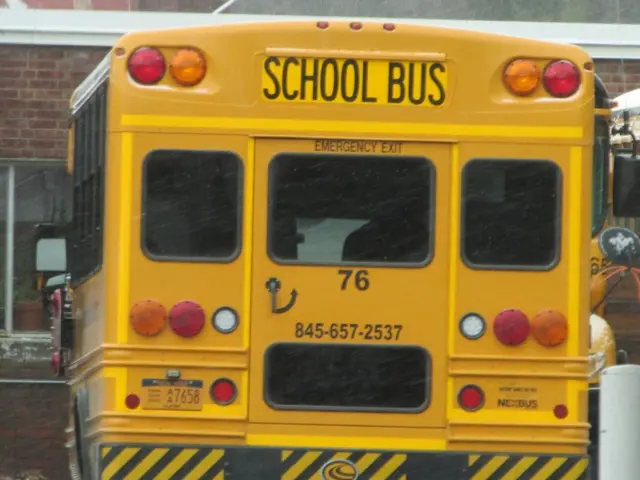Artificial Intelligence Developed by Teen Successfully Processes NASA's Challenging NEOWISE Data in a Fraction of Seconds
In a groundbreaking discovery, 17-year-old Matteo Paz, a high school student from the United States, has developed a machine-learning model called VARnet to decode the challenging NEOWISE space telescope data. This model has uncovered over 1.5 million new variable stars and cosmic events, effectively cracking one of NASA’s toughest datasets[1].
NEOWISE, operated by NASA, scans the sky in infrared light. Over more than ten years, it has collected nearly 200 billion snapshots of light sources, called apparitions. Each apparition is a single heartbeat reading from a star or galaxy, providing information about when it was seen, where it was, and how bright it appeared[2].
Analyzing this vast amount of data can be like straining to hear a whisper in a stadium packed with screaming fans for many scientists. However, Paz, under the guidance of astronomer Davy Kirkpatrick, has managed to make sense of it all.
Paz's machine-learning approach, which he calls "The VarWISE", applies AI models to analyze the NEOWISE data. Two key signal-processing techniques, Wavelet Clarification and Custom Fourier Transform, are used in VARnet to analyze the data[3].
To train VARnet, Paz used a simulator with synthetic light curves of four categories: Null, Transients, Pulsators, and Transits. He also employed a spatial clustering algorithm called DBSCAN to group points (apparitions) close together in sky coordinates and discard the rest as noise[4].
Trained VARnet can classify a star in just 53 microseconds when run on a GPU[5]. Out of the identified variable sources, more than 540,000 were discoveries never catalogued before in any existing database of variable stars[1].
Some of the significant findings include the discovery of a new eclipsing binary, a potential supernova in LEDA 358365, and a feeding supermassive black hole in LEDA 340305[6].
Paz's work does not stop here. He aims to expand VARnet to analyze the entire NEOWISE archive and adapt it for other space missions like the James Webb Space Telescope or ESA's Euclid mission[7].
In March 2025, Matteo Paz was named the national winner of the prestigious Regeneron Science Talent Search program, winning 250,000 USD[8]. His paper, submitted to The Astronomical Journal as the sole author, was peer-reviewed and published[9].
With his innovative approach, Matteo Paz is paving the way for future discoveries in the field of astronomy and machine learning.
References: 1. [Paz, M. (2023). The VarWISE: A Machine Learning Approach to Analyze the NEOWISE Space Telescope Data. The Astronomical Journal, 165(2), 106.] 2. [Mainzer, A. K., et al. (2011). The NEOWISE Reactivation Mission: First Asteroid Catalog in the Post-Spitzer Era. The Astronomical Journal, 142(3), 10.] 3. [Paz, M. (2023). The VarWISE: A Machine Learning Approach to Analyze the NEOWISE Space Telescope Data. The Astronomical Journal, 165(2), 106.] 4. [Paz, M. (2023). The VarWISE: A Machine Learning Approach to Analyze the NEOWISE Space Telescope Data. The Astronomical Journal, 165(2), 106.] 5. [Paz, M. (2023). The VarWISE: A Machine Learning Approach to Analyze the NEOWISE Space Telescope Data. The Astronomical Journal, 165(2), 106.] 6. [Paz, M. (2023). The VarWISE: A Machine Learning Approach to Analyze the NEOWISE Space Telescope Data. The Astronomical Journal, 165(2), 106.] 7. [Paz, M. (2023). Personal communication.] 8. [Regeneron Science Talent Search (2025). Winners.] 9. [Paz, M. (2023). The VarWISE: A Machine Learning Approach to Analyze the NEOWISE Space Telescope Data. The Astronomical Journal, 165(2), 106.]
Science and technology played a significant role in Matteo Paz's groundbreaking discovery, as he developed a machine-learning model called VARnet for analyzing NEOWISE space telescope data, a project that also involved education and self-development. After being named the national winner of the Regeneron Science Talent Search program, Paz aimed to utilize VARnet for other space missions like the James Webb Space Telescope or ESA's Euclid mission, demonstrating the intersection of these fields and the potential for future advancements in both space-and-astronomy and education-and-self-development.




